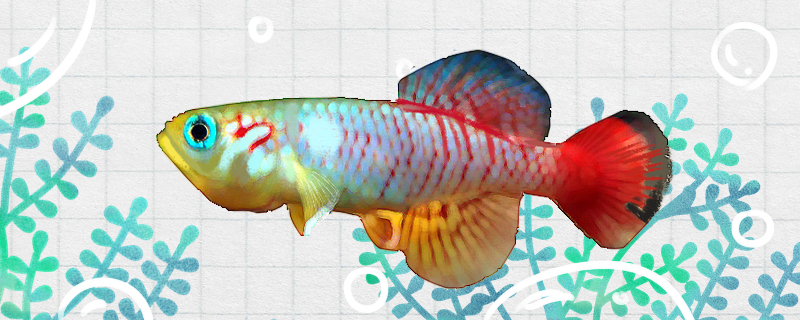
Gong's red round-tailed mackerel? The female of Gong's red round-tailed mackerel is smaller than the male, but her personality is more radical than the male. They aggressively chase males of the same species. Therefore, occasionally male fish will have their fins bitten and their bodies bitten, so more attention should be paid to polyculture. Their requirements for the environment are not high, and it is not difficult to raise them. Novices can try to raise them.
Gongshi red round-tailed mackerel 1. Water quality: For Gongshi red round-tailed mackerel, the water body is weakly alkaline, which is most conducive to their healthy survival. Therefore, when feeding, it is recommended to keep the pH value of the water between 6.2 and 6.8. The hardness of the water body also needs to be kept between 3 and 11. Not only that, they need to change water at least once a week, and clean water quality is more beneficial to their health.
2. Water temperature: When raising them, in addition to keeping the temperature of the water body between 22-28 ℃, it is also necessary to maintain the basic stability of the water temperature. Especially when changing water, the temperature difference should not exceed 2 degrees Celsius.
3. Feeding: They are very small, so pay attention when feeding. When they are young, they can only be fed with nematodes, and when they grow up, they can be fed with active baits such as shrimp. Occasionally, it can also be fed with granular feed.